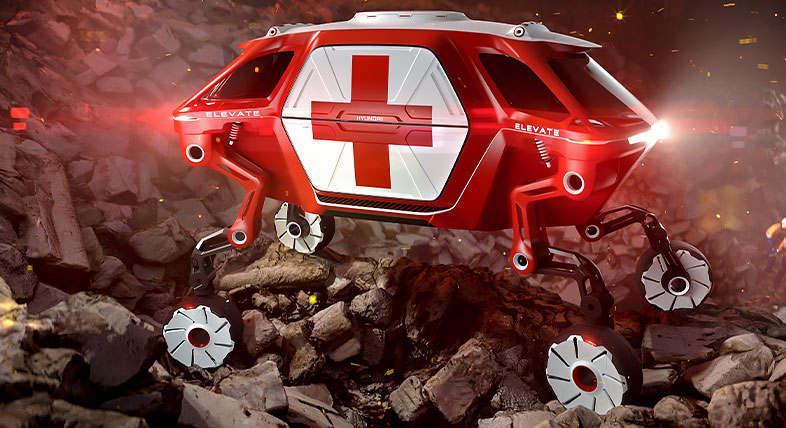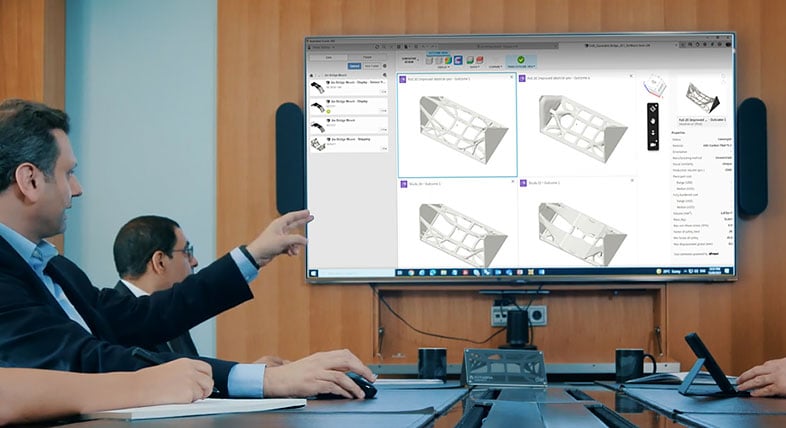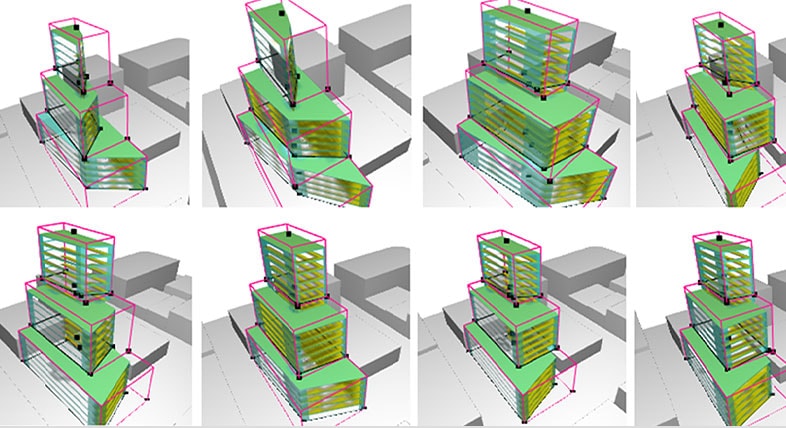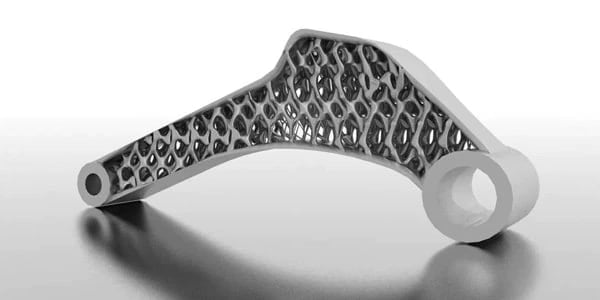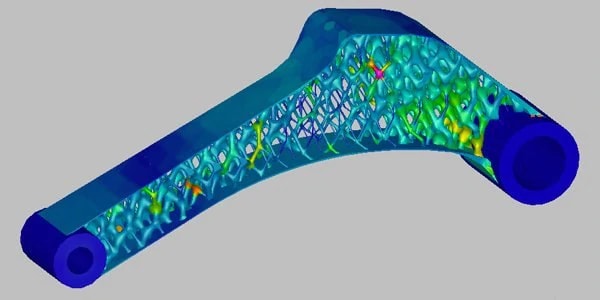Generative Design
Quickly generate high-performing design alternatives—many that you’d never think of on your own—from a single idea. With generative design, there is no single solution; instead, there are multiple great solutions. You choose the design that best fits your needs.
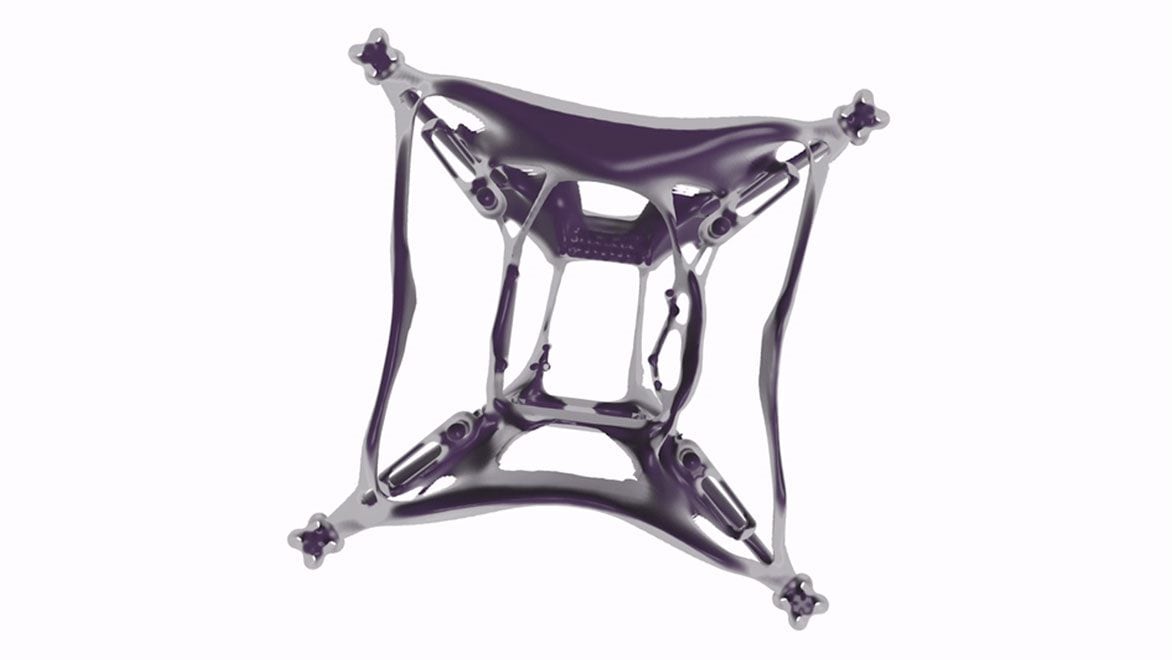
What is generative design?
Generative design is a design exploration process. Designers or engineers input design goals into the generative design software, along with parameters such as performance or spatial requirements, materials, manufacturing methods, and cost constraints. The software explores all the possible permutations of a solution, quickly generating design alternatives. It tests and learns from each iteration what works and what doesn’t.
Generative design by industry

Generative Design for Product Design and Manufacturing
Helps you explore more CAD-ready design options that are optimized for cost, material, and production method.
Image courtesy of Briggs Automotive Company

Generative Design for
Architecture, Engineering & Construction
Helps you explore solutions by rapidly testing, analyzing, and evaluating iterations for building design challenges.
Benefits of generative design
-
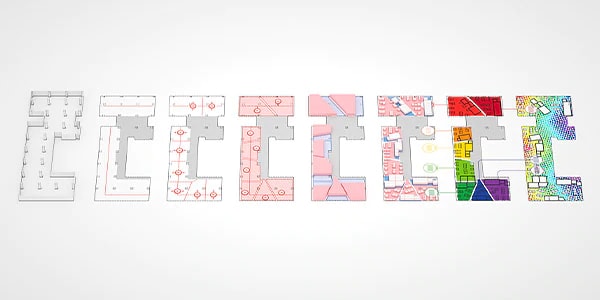
Explore a wider range of design options
In the time you can create one idea, a computer can generate thousands, along with the data to prove which designs perform best.
-
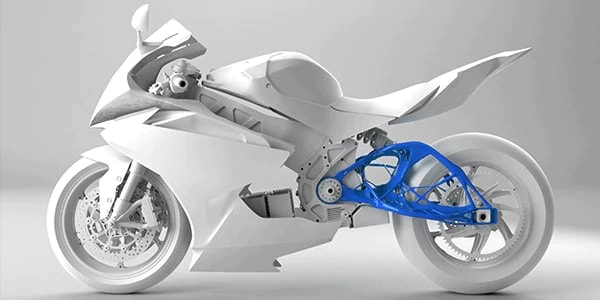
Make impossible designs possible
Generative design lets you create optimized complex shapes and internal lattices. Some of these forms are impossible to make with traditional manufacturing methods. Instead, they're built using new additive manufacturing methods.
-
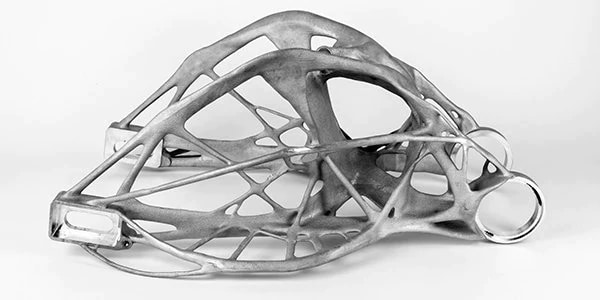
Optimize for materials and manufacturing methods
Set goals and parameters, and the software will create high-performing design options based on those constraints. The software resolves conflicting design constraints so you can focus on innovating.
From aerospace to architecture and construction
Generative design is out of the lab and being used in the field. Learn how the world's most innovative companies are using this technology today.
-
Automotive
From light-weighting components to parts consolidation, Autodesk generative design is being used by companies shaping the future of the automotive industry.
-
Aerospace
With design and manufacturing goals around weight reduction, environmental impact, and safety, the aerospace industry is adopting generative design to explore new design options and improve performance.
-
Consumer goods
The ability to simultaneously generate multiple CAD-ready, process-aware solutions to a design problem has a positive impact on innovation and productivity.
-
Architecture and construction
As demonstrated with the layout and design of the Autodesk Toronto office, generative design technology can help you explore solutions for goals and constraints outside of manufacturing.
-
Industrial machinery
Manufacturers of specialty tools and equipment are proving that Autodesk generative design can help them break innovation barriers.
-
Building products
Industrial building products suppliers are proving complex assemblies can be simplified with the help of generative design and additive manufacturing.
Meet the generative design experts
This team of experts is dedicated to sharing their knowledge and hands-on experience with generative design technology. If you’d like to book an expert to speak at an event, drop us a line at generative.design.experts@autodesk.com for consideration.

Bryce Heventhal
Senior Technical Manager
Bryce is a Technical Marketing Manager for Fusion 360 with a passion for demonstrating practical workflows for the future of product development. Between working 10+ years in CAD, CAM, and FEA, along with a B.S. in Mechanical Engineering, he has the experience to back his ambitions. Based in San Francisco, when he is not designing he is out rock climbing.

Lars Christensen
Technical Evangelist
Lars Christensen is a design and manufacturing expert who helps people struggling with their CAD&CAM software. Through his totally-addictive blog posts and videos on his Youtube channel, he shares his vast knowledge and experience using CAD and CAM for managing, designing and building complex parts. Based in Buffalo, NY, Lars’ experience spans CNC manufacturing in many industries including military, medical, and aerospace.

Lilli Smith
Senior Product Manager
Lilli Smith is an architect with a passion for re-envisioning the way that buildings are designed. She defines product direction for AEC generative design tools at Autodesk and helps bring new ideas developed by Autodesk Research into products that more people can use. She holds degrees in architecture from Harvard and the University of Virginia.

Dieter Vermeulen
Technical Sales Specialist
Dieter Vermeulen is based in Northern European and works with Autodesk customers and partners to develop innovative workflows that address challenges across the AEC project lifecycle. From design to analysis to construction and fabrication, he travels across Europe evangelizing the power of generative and computational design with Dynamo for building and infrastructure projects. He regularly speaks to packed classes at Autodesk University and Dynamo events.
In the news...
Generative design is an innovative technology moving quickly. Below are some of the latest highlights from our newsroom.
-
Autodesk has previously applied generative design to airplane seats, and now GM is using it to rethink car parts.
-
Autodesk’s cloud-based Generative Design service is now available to users of Autodesk’s flagship Fusion 360 Ultimate.
-
Architecture is the latest field to feel the double-edged sword of computerization.
-
Six disruptive examples.
-
By cutting the weight of the bike without compromising performance, Lightning is now aiming to make the LS-218 even faster.
-
Generative design replicates natural world's evolutionary approach with cloud computing to provide thousands of solutions to one engineering problem.
